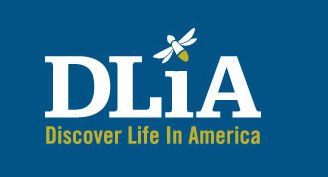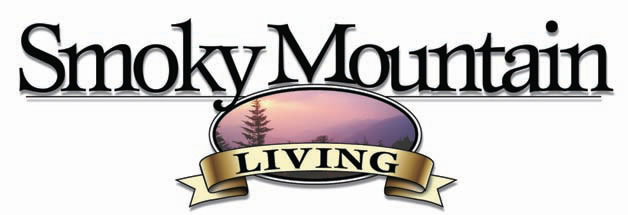|
It is our preference that you use the optional DLIA standard spreadsheet (click to Download), or the park Desktop Database interface application. However if this is not possible, please contact Chuck Cooper, chuck at dlia.org. In the near future we hope to have a simplified web page based data entry system available to provide easy entry from the web browsers of both PC’s and Macs.
An important objective of the ATBI is to determine what is in GSMNP and where it is located. A list of priority/required data types is given below. The list is separated into three major groups:
- Site or location information (the where)
- Collection (the how, who and when)
- Individual organism or specimen information (the what)
- SITE DATA:
- Site & Collection Field Form (Help File)
- Site Code (a unique code)
- Coordinate #1 - UTM north or latitude- See
- Coordinate #2 - UTM east or longitude- See
- Site Description (be as specific as you can, so that it can be used to check your coordinates)
- County of Site
- State of Site (two-letter post office approved initials)
- Directions to Site
- Site Elevation (in meters)
- Site Notes (notes about the site, NOT the collection)
- Guidelines for Collecting GPS Data
- Site & Collection Field Form (Help File)
- COLLECTION DATA:
- Site & Collection Field Form (Help File)
- Collection Date (date collection was made = specific day net was lifted, etc.)
- Habitat (at date of collection)
- Substrate (at date of collection)
- Collection Notes (notes about the collection, NOT the site)
- Primary Investigator (project leader or person responsible for all collectors)
- Collection Method (by hand, by butterfly net, etc.)
- Collector(s) Name(s)
- Site & Collection Field Form (Help File)
- INDIVIDUAL ORGANISM DATA:
- Download Specimen Data Entry Form; Portrait (24KB pdf file) or Landscape (13KB pdf file)
- Class
- Order (if unknown, then use the class name such as Hyphomycetes_order)
- Family (if unknown, then use the order name such as Pezizales_family)
- Genus (if unknown, then use the family name such as Halosphaeriacae_genus)
- Species (if unknown, then use the genus name such as Massarina_species)
- Species Author
- Subspecies
- Common Name (use official name if possible)
- Life Stage
- Sex
- Specimen ID
- Count of Specific Organism
- Preservation Method
- Depository
- Specimen Notes
- Determiner Name
- Year of Determination
- Site Code (this must be a valid site that is also in the site data fields list)
- Download Specimen Data Entry Form; Portrait (24KB pdf file) or Landscape (13KB pdf file)
- SUGGESTED IDEAS FOR ERROR CHECKING:
- Be consistent with formatting.
- To a computer, Smith, R. is different than R. Smith.
- Dates must be specific dates and not a range of dates, nor just a month and year.
- Check for misspellings.
- Spell checkers don’t get them all.
- Minnow and winnow both check out ok.
- Be careful in determining mapping coordinates.
- One second of latitude may throw your stream sample site 150 feet up the side of a cliff!
- Only use the latest accepted taxonomy.
- Notes fields can contain a text of any length.
- However, all other text fields should stay under 50 characters, or whatever is reasonable, such as about 25 characters for a name.
- Be consistent with formatting.
Again, we at DLIA value your expert help in assisting the National Park Service in establishing baseline data for managing and caring for our living natural resources. Please feel free to contact us if you have any questions, or comments on our data entry provisions.

























